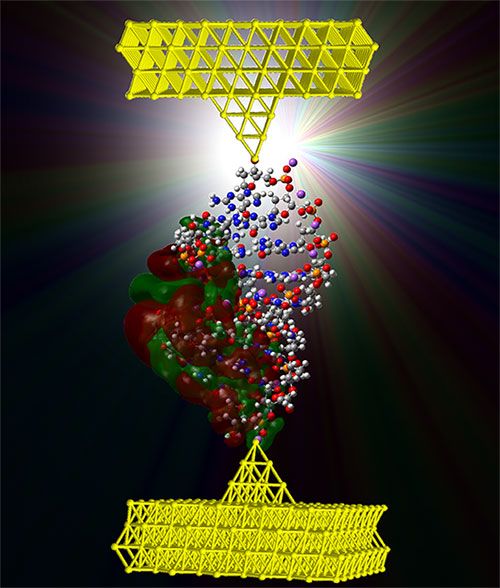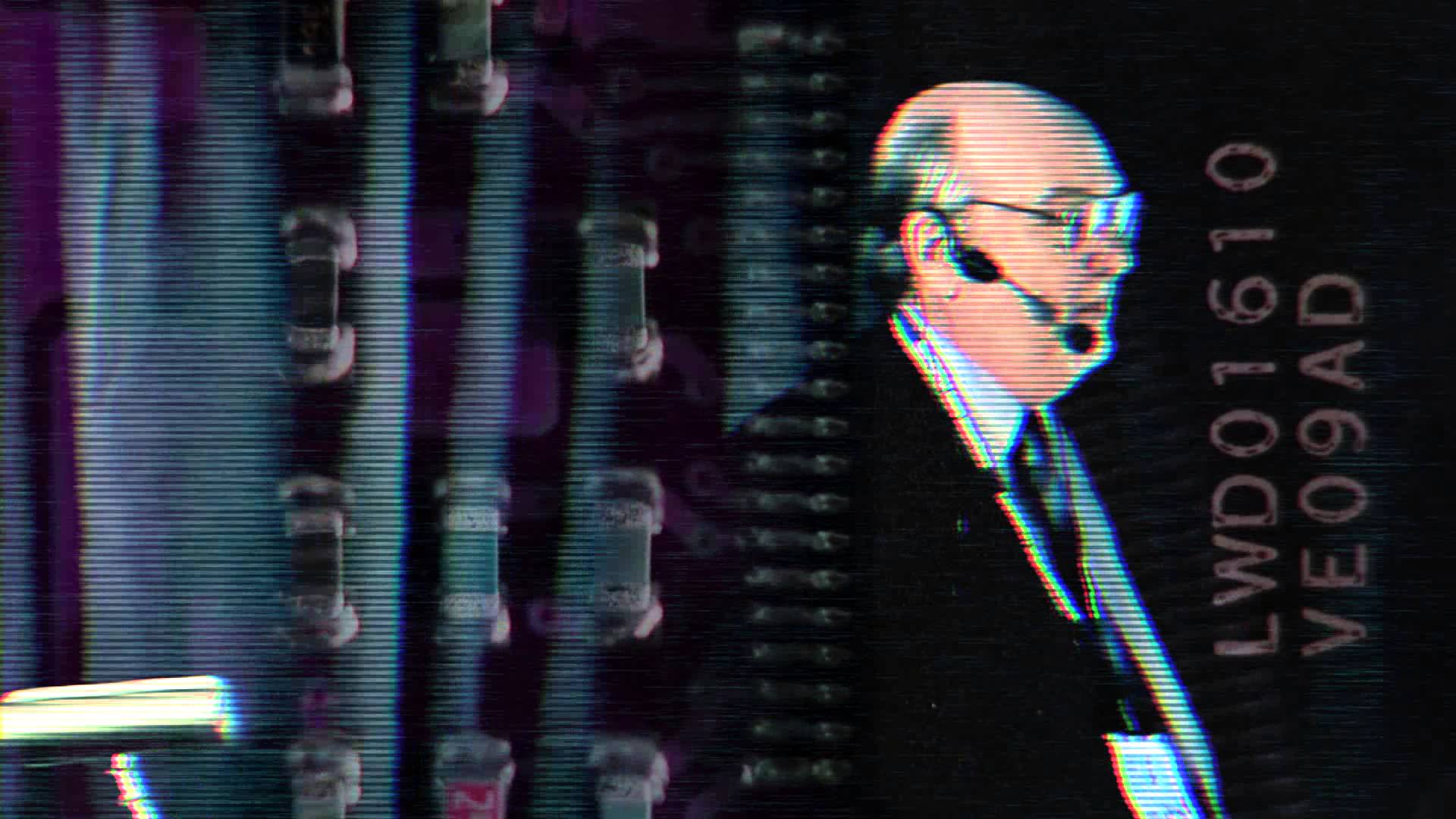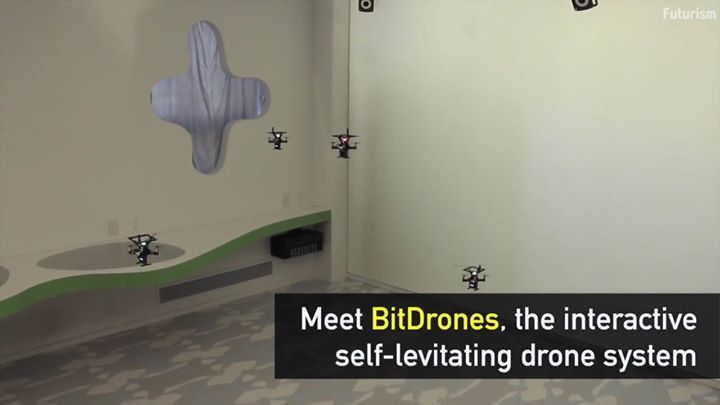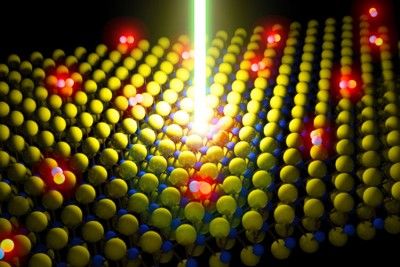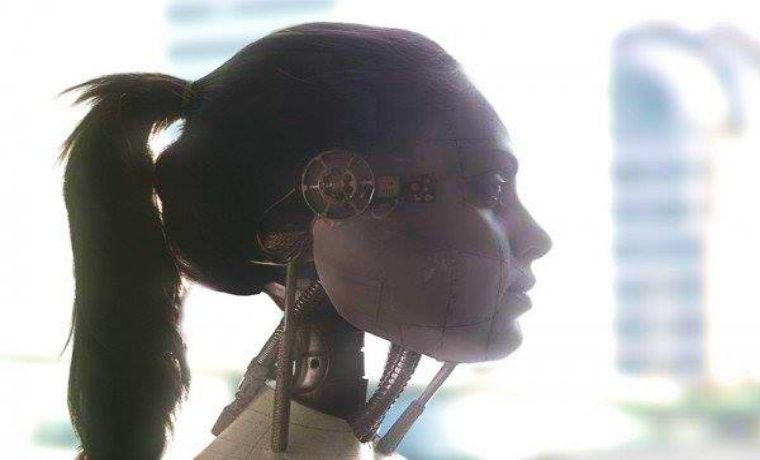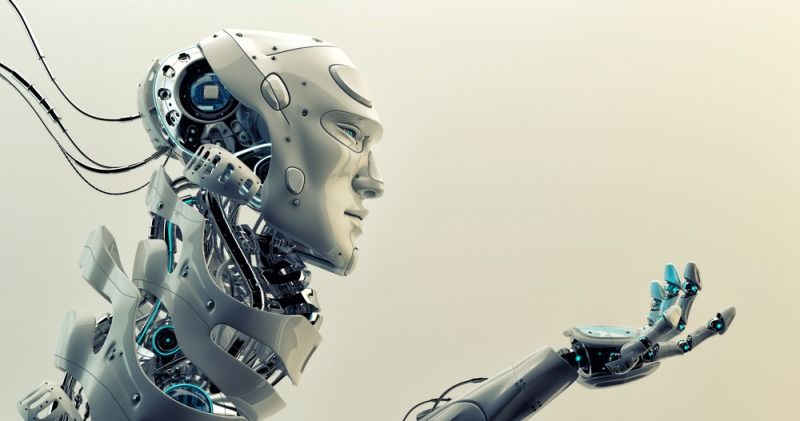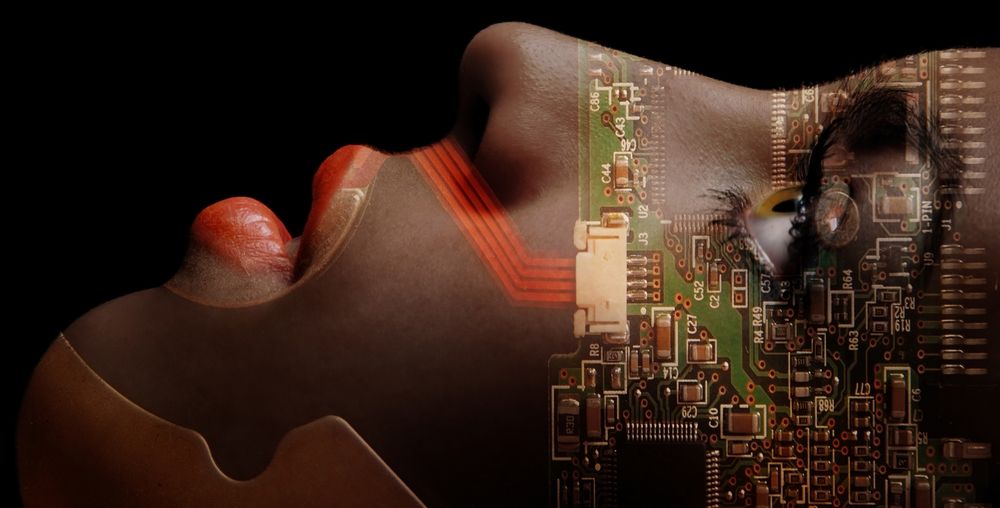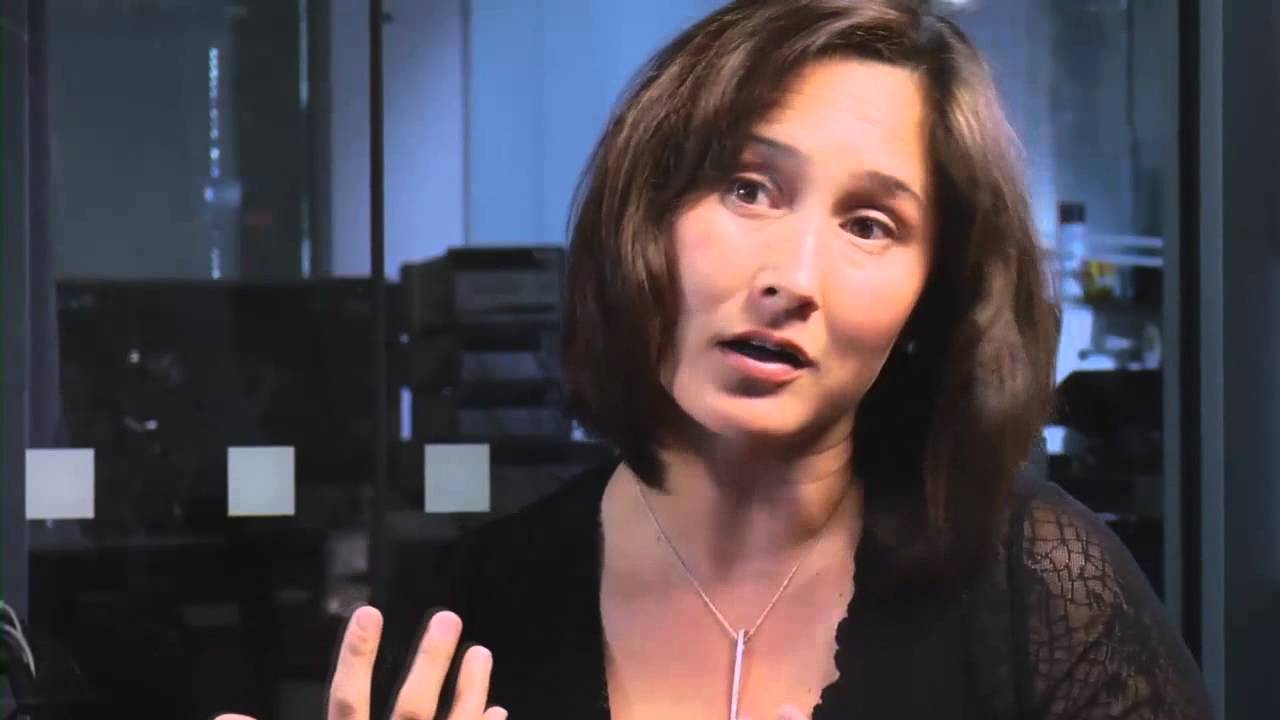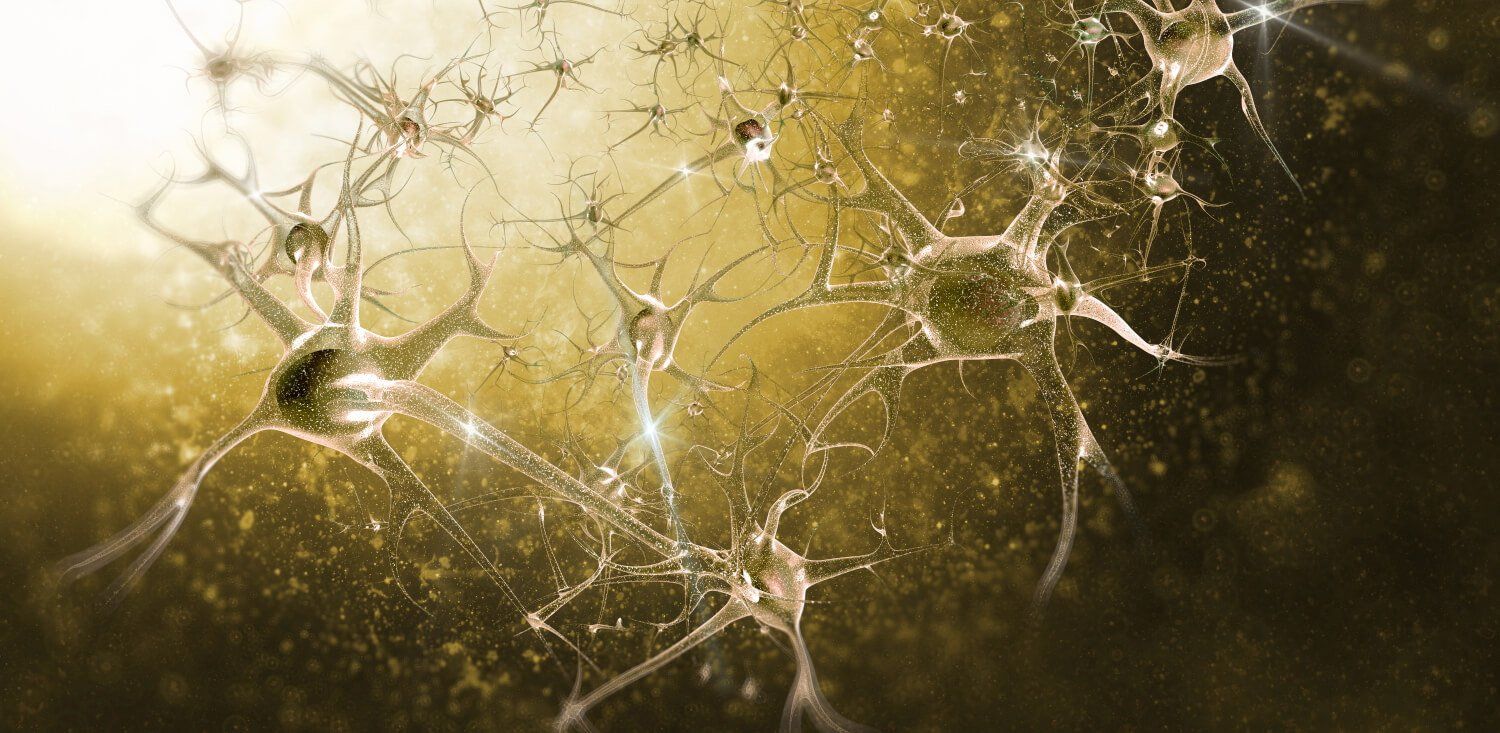Dec 16, 2015
Will this DNA molecular switch replace conventional transistors?
Posted by Klaus Baldauf in categories: biotech/medical, computing, nanotechnology
A model of one form of double-stranded DNA attached to two electrodes (credit: UC Davis)
What do you call a DNA molecule that changes between high and low electrical conductance (amount of current flow)?
Answer: a molecular switch (transistor) for nanoscale computing. That’s what a team of researchers from the University of California, Davis and the University of Washington have documented in a paper published in Nature Communications Dec. 9.
